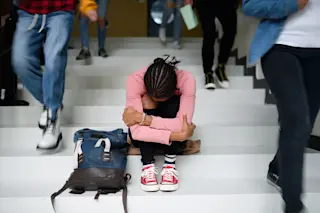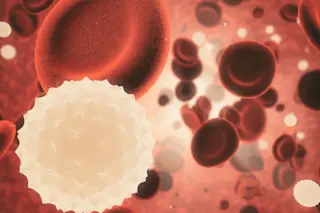Mark Olfson, a psychiatrist at Columbia University, analyzed national surveys in 1987 and 1997 and found that the number of people in the United States being treated for depression tripled during the decade, to 6.3 million. Among those seeking help, 75 percent opted for drugs, twice the proportion in 1987. At the same time, the portion of patients receiving psychotherapy declined from 71 percent to 60 percent. Olfson considers the overall boom in those seeking help for depression a good sign. "There's a stereotype that people receiving treatment for depression are well off and well educated, but the increase cut across the population," he says. Still, notable discrepancies remain. The numbers are relatively low for blacks, Hispanics, and the unemployed; at the other end, women are nearly twice as likely to seek help as men. Through all the changes, one group consistently stands above the others. In the latest period, ...
Data Points: In the Wake of Prozac
Explore the treatment for depression trends: a tripling in patients, diminished psychotherapy, and rising drug dependence.
More on Discover
Stay Curious
SubscribeTo The Magazine
Save up to 40% off the cover price when you subscribe to Discover magazine.
Subscribe













